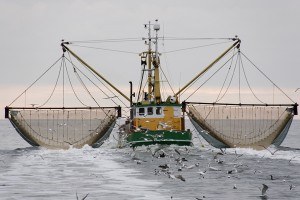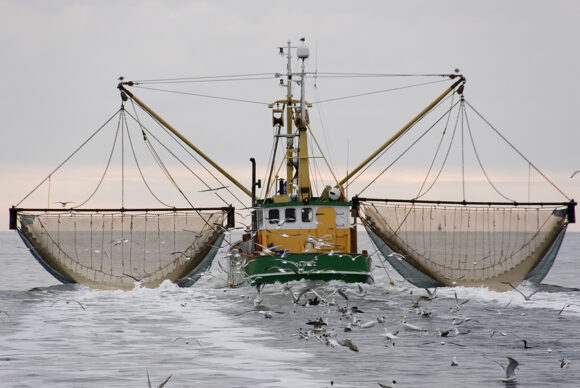A recent state analysis of injuries treated at a Dutch Harbor clinic provides some patterns on who is injured, and on what vessels, in Alaska’s fisheries.
According to a report from the Alaska Department of Health and Social Services Division of Public Health: “It is not surprising that the majority of the non-fatal injuries occurred on catcher processors, as they employ the largest number of workers and process the largest volumes of seafood relative to other vessel types.”
The division’s analysis relied on data from the National Institute for Occupational Safety and Health, collected at the Illiuliuk Family Health Center, in Dutch Harbor, in 2007 and 2008. The study collected information on 366 fishermen seen at that clinic for their injuries. The report was published in Alaska’s Bulletin of Epidemiology Dec. 5.
 Of the fishermen seen in Dutch, processors were slightly more likely than deckhands to be injured while fishing, while trawl vessels accounted for 60 percent of the injuries, compared to 21 percent for longliners, and 11 percent fishing pots.
Of the fishermen seen in Dutch, processors were slightly more likely than deckhands to be injured while fishing, while trawl vessels accounted for 60 percent of the injuries, compared to 21 percent for longliners, and 11 percent fishing pots.
Those proportions could also be influenced by the make up of the fleets delivering in Dutch Harbor. Data from other Alaska fishing communities was not included in the analysis, although the report noted that a more comprehensive study would help improve the understanding of non-fatal injuries.
Onboard a vessel, 29 percent of injuries were on deck, 15 percent were in freezers and 5 percent were in processing areas.
The most common injury was a sprain or strain, at 22 percent, compared to 19 percent contusions with intact skin, 10 percent upper limb fractures, 8 percent unspecified superficial injuries and percent upper limbs with open wounds.
The most injuries were attributed to contact with objects or equipment, at 58 percent, while 20 percent came from falls and slips. The mechanism for the remainder was not given.
Frozen fish were listed as the agent for 23 percent of the injuries, while decks were responsible for 7 percent and knives credited with just 3 percent. A cause of injury for the other 60 percent was not given.
According to the study, 65 percent of the injuries occurred at sea, and 17 percent on land, which was described as in port. The location of the remainder of the injuries was not given.
The study also looked at the timing of the injury reports – 19 percent were seen on the day they were injured, while 48 percent were seen within a week, 12 percent were seen eight to 14 days post-injury and 8 percent visited the clinic 15 to 30 days after being hurt.
The report noted that those with the most severe injuries were likely transported with a medical evacuation or on another vessel to get more immediate treatment.
The report noted: “However, 20 percent of fishermen who required specialty referral for their injury were initially evaluated at IFHC (at least seven days) after their injury occurred, indicating that appropriate care might have been delayed in some cases.”
According to the division, fishing has the most fatalities of any occupation in the state, and the second most injuries.
Was this article valuable?
Here are more articles you may enjoy.


 TikTok’s New Owner Stands to Inherit 1,500 Safety, Privacy Suits
TikTok’s New Owner Stands to Inherit 1,500 Safety, Privacy Suits  Smoke Damage from LA Wildfires Leaves Questions to Be Answered
Smoke Damage from LA Wildfires Leaves Questions to Be Answered  Fed’s Powell Says Tariff Impact Likely to Be Larger Than Expected
Fed’s Powell Says Tariff Impact Likely to Be Larger Than Expected  Oracle Tells Clients of Second Recent Hack, Log-In Data Stolen
Oracle Tells Clients of Second Recent Hack, Log-In Data Stolen 